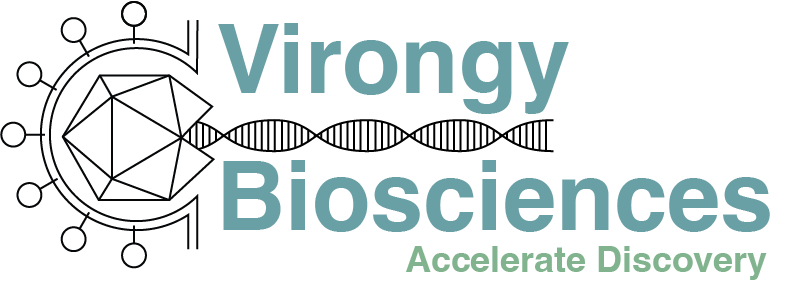Product Description
Product Description
Orthomyxoviral Protein Expression Vectors
Orthomyxovirus includes Influenza A (IAV) virus. The Influenza A viral protein expression vectors are derived from the following NCBI reference sequences MW220810.1 (PB2), MW220811.1 (PB1), MW220812.1 (PA), MW220813.1 (NS1 & NEP), MW220814.1 (NP), MW220815.1 (NA), MW220816.1 (M1 & M2), and MW220817.1 (HA). All of the expression vectors are codon optimized for mammalian cell expression. Choose to add a GFP or his tag to the C terminal end of any protein. A CMV promoter is used for mammalian cell expression and the backbone contains a selection marker for Geneticin (G418). All non-tagged glycoprotein expression vectors have been functionally validated using pseudotyped viral particles.
Background:
Influenza A virus (IAV) is an enveloped, negative sense, and single stranded RNA virus with 8-segmented genome that belongs to the Orthomyxoviridae family. There are four types of influenza viruses: A, B, C, and D, but influenza A and B viruses are responsible for the seasonal flu epidemics in the United States. IAV, which causes acute respiratory diseases, is transmitted to humans through infected birds or mammals (such as pigs). Influenza A viruses are divided into subtypes based on two surface proteins (antigens) of the virus: hemagglutinin (H) and neuraminidase (N). There are 18 different hemagglutinin subtypes and 11 different neuraminidase subtypes (H1 through H18 and N1 through N11, respectively). Current subtypes of IAV that routinely circulate in people include H1N1 and H3N2, with H1N1 being responsible for the flu pandemic in 2009 that resulted in more than 280,000 deaths. IAV genome encodes 101 viral proteins: three polymerase subunits (polymerase acidic protein (PA), polymerase basic protein 1 (PB1), polymerase basic protein 2 (PB2)), two surface glycoproteins (hemagglutinin (HA), neuraminidase (NA)), nucleoprotein (NP), two matrix subunits involved in viral assembly (matrix 1 (M1), matrix 2 (M2)), two nonstructural proteins (non-structural protein 1 (NSP1), non-structural protein 2 (NS2; also known as nuclear export protein, NEP). IAV enters the host cell via receptor-mediated endocytosis through the surface glycoprotein HA, which is a homotrimer that forms spikes on the viral lipid membrane. These spikes bind to sialic acid (SA) receptors of the host cell, specifically the human α-2,6-conjugated SA (α-2,6-SA). Upon binding, receptor-mediated endocytosis occurs, and the virus enters the host cell in endosomal vesicles. The environment inside the endosomes has a mildly acidic pH, causing protonation and inducing a conformational change in HA. This triggers the fusion of viral and endosomal membranes, causing the release of the viral genome into the cytoplasm.
Documentation
Documentation
 Protein Expression Vectors – MSDS
Protein Expression Vectors – MSDS
Example plasmid map
Example plasmid map
Example plasmid map:

Don’t see the specific protein of interest? Email: info@virongy.com to ask us about a custom expression vector order.
Additional attachments:
References
References
Related links:
- Samji T. Influenza A: understanding the viral life cycle. Yale J Biol Med. 2009 Dec;82(4):153-9. PMID: 20027280; PMCID: PMC2794490.


